Many hands make light work, and light is exactly what we’re going for as we finish excavating the hearth. For all we know, this has been in the ground for over a century, so it is extremely important that we treat it with utmost care in order to preserve its delicate structure.
It’s slow going but, with great intention, we work together to remove this historical treasure safely.
Finally, the hearth is removed. We were unable to keep it in one, continuous piece but, considering how delicate this feature is, we are pleased with our slow and careful work. All that is left now is to let it dry before cleaning and analyzing it in the lab. Because many of us are interested in pursuing careers in archaeology, experience like this is invaluable. Who knows what story it will tell?
Meanwhile, our refuse pit from earlier this week is coming into view. With something like this, we first expose the upper level of the feature without disturbing the orientation of individual artifacts. We slowly bring this forgotten deposit into focus, revealing an image of the past. Does this qualify as fine art? You be the judge.
We are excited to begin delving deeper, but also suspect that we will not have time for a full excavation of this particular feature during the current field season. In the same way that we finished excavating the hearth uncovered near the end of last season, it is up to next year’s archaeologists to continue what we have begun this season. Archaeologists collaborate across time, often with people they will never meet in person, and yet it is this kind of collaboration that makes what we are doing possible.
As the sun sits high in the sky, our wonderful professor dishes out ice cream sandwiches to hungry archaeologists in 90+ degree weather. Our spirits are renewed as we look forward to more digging. Thanks Ulrike!
Finally, some of us return to the lab and get a head start on cleaning, organizing, and cataloging our many finds. Tomorrow, we will all take a break from the sun to continue this process together. This is an overlooked but essential part of archaeology. One person’s trash is another’s treasure, and we take a moment to admire how beautiful some of the glass artifacts from the trash deposit appear when laid out together, freshly cleaned and free of the earth from which they came. We look forward to more lab time tomorrow!

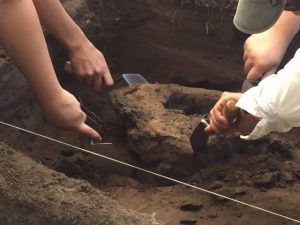
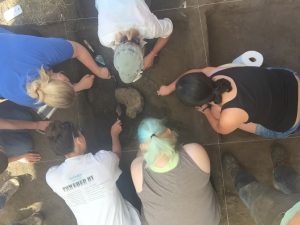
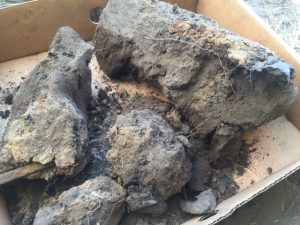
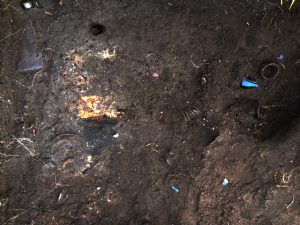
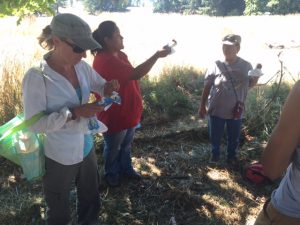

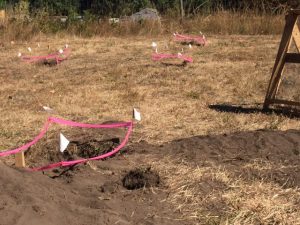
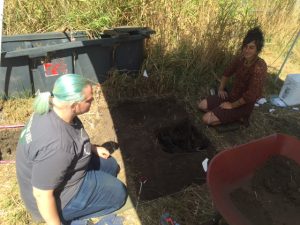
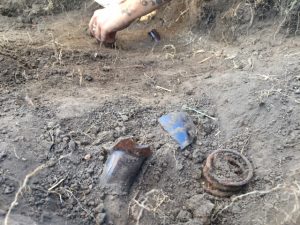
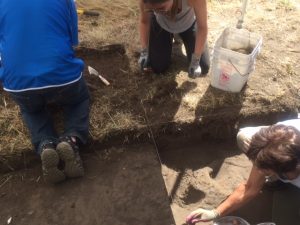
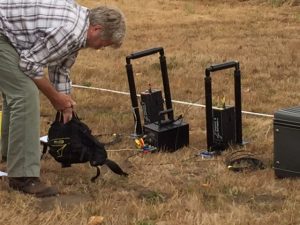
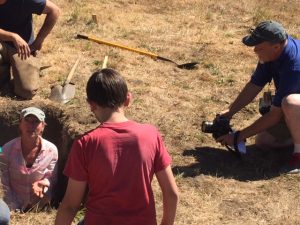
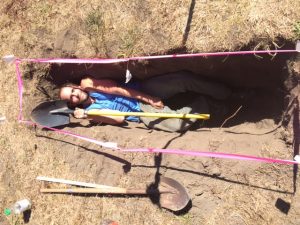
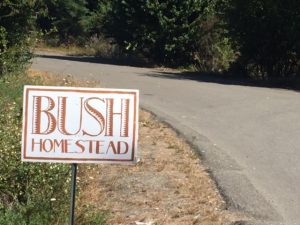
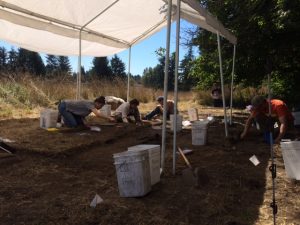
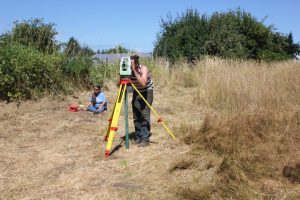
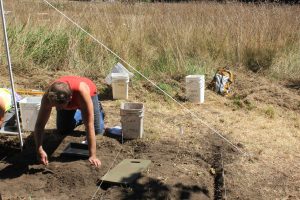
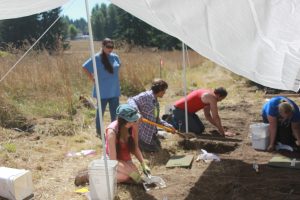
Recent Comments